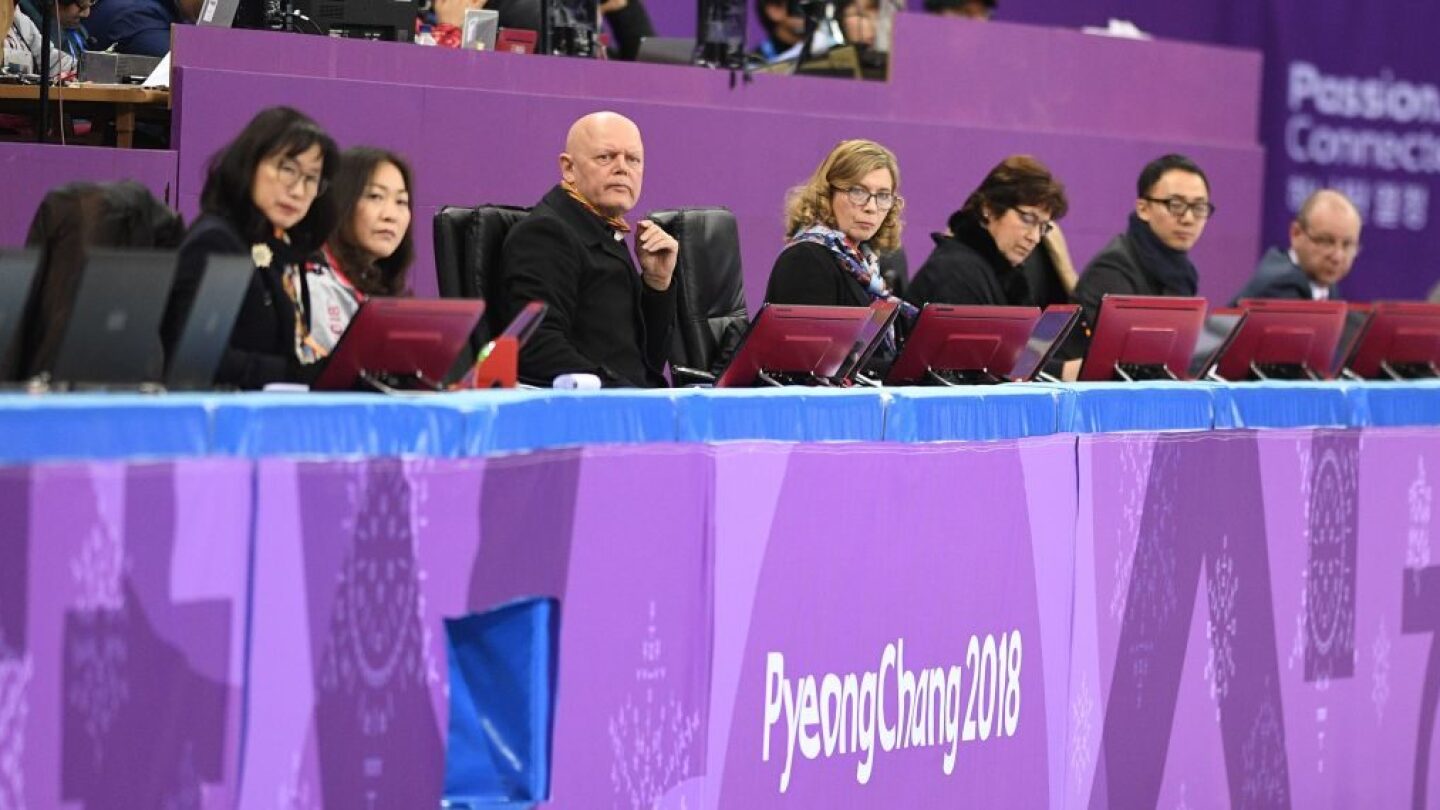Also, for those of you saying 'score the PCS correctly' - I hear it, but I doubt you're going to get the result you want even with that. We aren't going to see top-tier skaters ever drop down into the 6's or 5's, because in all honesty, they 99% of the time really don't deserve scores that low. It may seem like it, but this scale is in place for ALL levels of skating- even the ones we don't (often) see in international competition, even at the junior level. Even if you drop down a top-level skater from say an 8.00 average to a 7.00 average, in the ladies free skate that's only 8 points difference and not what I think most of you are expecting. (ETA here- the 'jumpers' are way further ahead than 8 points technically).
The phenomenon of scoring the later-skating athletes higher on GOE isn't likely to ever go away, either, so I think revising the programs (well, the free skate as it is now) to have more open elements or maybe a list of non-jump elements that can be selected/interchanged with the higher GOE scoring, as ice dance does, is a better answer.
And really, if the programs are the same length and have 60-40 and 40-60, in the end it's still more-or-less the same idea that we have now.

 olympics.nbcsports.com
olympics.nbcsports.com



 perfect time to discontinue watching figure skating . . .
perfect time to discontinue watching figure skating . . .